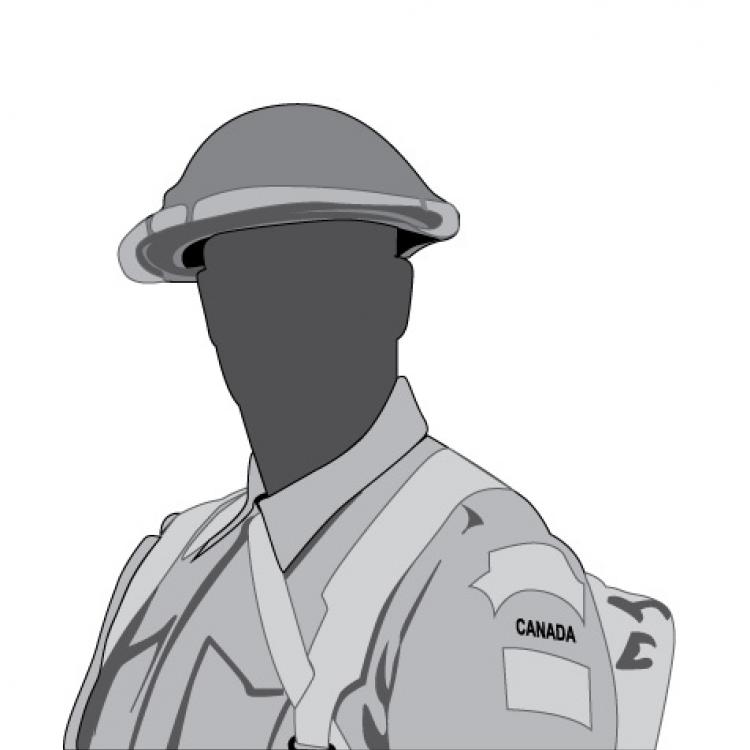ROBINSON, Lewis Edmund
DIVISIONAL UNIT: 3rd Canadian Infantry Division
3rd Canadian Divisional Artillery
3rd Divisional Ammunition Column
Canadian Army Service Corp
Section 3
SERVICE NO: 334482
RESIDENCE: Detroit – Michigan - USA
DATE OF BIRTH: December 21, 1889
Marlette – Michigan
DATE OF DEATH: August 10, 1918 28 years
CEMETERY: Bouchoir New British Cemetery – Bouchoir
Somme – France
V B 22
PARENT: Mrs. Alexander Robinson - Goderich
Occupation: Mechanic Religion: Presbyterian
Enlistment: May 28, 1917 - Windsor
Enlistment Age: 27 years 5 months
Gunner Robinson departed Halifax ad Canada on November 24, 1917 on the S.S. Megantic and arrived in England on December 7, 1917. He was then moved to Camp Witkey – Surrey. In mid February of 1918 he proceeds overseas.
The weather on this day was warm and fine
The Canadian artillery had been pounding the enemy since August 8th but on this day the enemy resistance began to stiffen and it was the last day the Canadian Corps would make any appreciable progress. Since August 8th the 1st, 2nd and 3rd Divisions had been on the front and now they went into reserve but their artillery remained in place. Why was there no more gain? Because now the Canadians found in front of them a belt about 3 miles wide that was pocked with shell holes and there the remains of old trench systems surrounded by rusty wire and covered in long grass. This was a paradise for enemy machine gun nests and suddenly the Canadians were no longer in open pursuit of the enemy but back to trench warfare.
The artillery ammunition dump was moved to Quesnel and the Orchard Dump was refilled.
Orders were given to detail 32 wagons to move ammunition from Domart to Beaucourt and during the day 6 wagon loads of ammunition were moved to one of the Brigades.
At some point between 10 pm – 11 pm the Germans heavily bombed Section 3 of which Gunner Robinson was a member and it was at this point he lost his life. He was at the horse lines at about 11 pm. Two men were killed –
9 men were wounded / 114 animals were killed and 52 wounded.
This is where and when our research tells us that Gunner Robison lost his life in battle.
The Canadian Army Service Corps was a complex organization, highly mobile and well trained. They moved troops, delivered equipment and materials and provided the front with fresh supplies. They also evacuated the wounded, salvaged captured equipment and delivered the mail. The CASC operated from coastal ports to the front lines. From the coastal ports supplies and equipment were first taken by rail to the railheads. They moved all this by truck and light rail to supply dumps which was the third line of supply. Light rail was able to reach closer to the front and it was more difficult for the enemy artillery to locate them.
From the Supply Dumps was when the Divisional Trains & Ammunition Supply Columns began their work and both used horse drawn carts. They then brought what they had to the Division, Brigade or Battalion at the front. This was the second line of supply.
The last line of supply was to get whatever the front lines needed to them and that was accomplished when troops came to the rear for whatever it was they needed. Later in the war the troops going to the front had a large pack of supplies on his back with a strap across the head. His arms were free and much more needed supplies were able to be moved to the front positions.
An ammunition column had 17 Officers, 571 men of other ranks and 666 horses.


